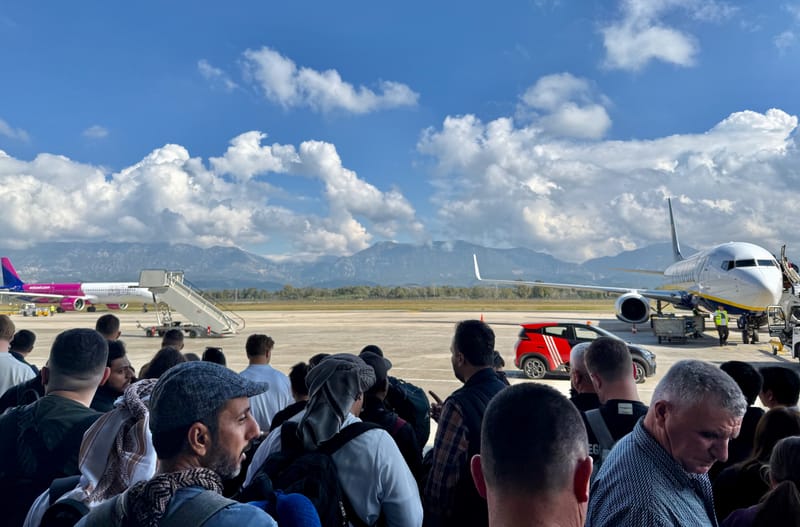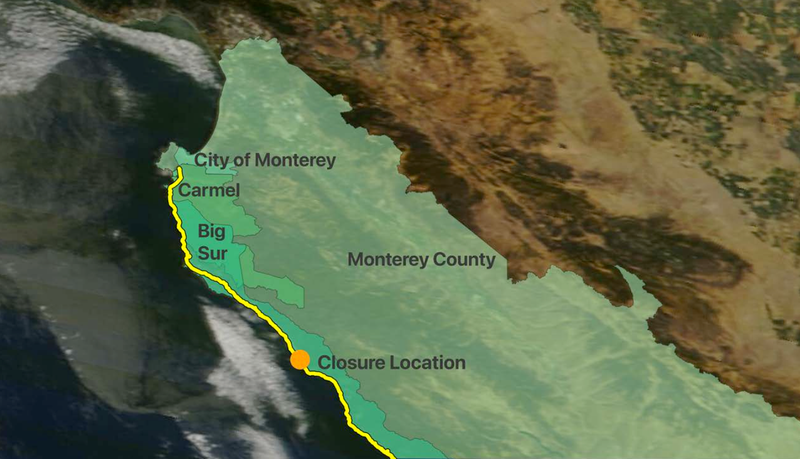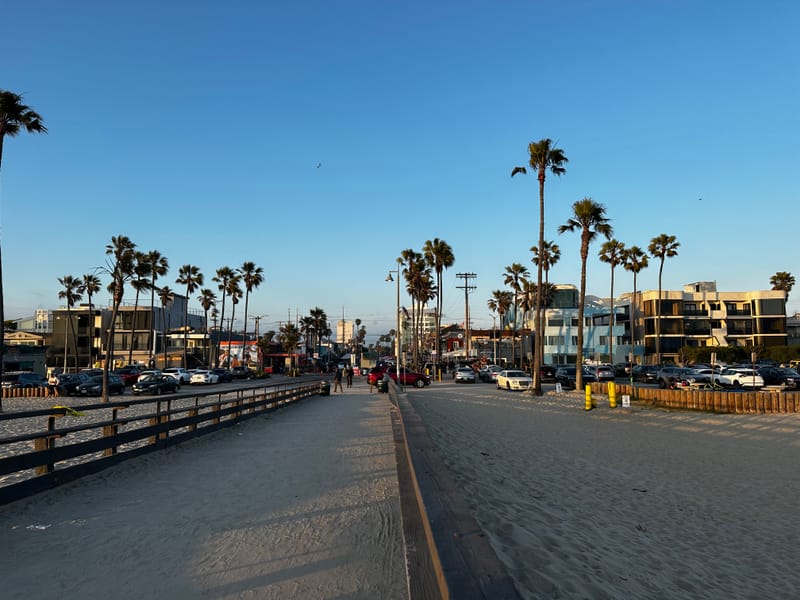New Trump order imposes $100K fee on H-1B visas, sparking concern for California tech
Trump’s plan to impose a $100,000 annual fee on H-1B visas could reshape tech hiring and immigration. Here’s what it means for workers and companies in California.
California employers who rely on H-1B talent could soon face a hard stop at the border.
Effective 12:01 a.m. EDT on Sept. 21, 2025, a new proclamation from the Trump administration restricts the entry of H-1B specialty-occupation workers unless the sponsoring employer’s petition is accompanied by a $100,000 payment. The measure runs for 12 months and includes a national-interest waiver that DHS can apply to individual workers, specific companies, or entire industries.
📰 NEW @Bloomberg: Trump to Add New $100,000 Fee for H-1B Visas in Latest Crackdown. pic.twitter.com/drLaWNqE4s
— The White House (@WhiteHouse) September 19, 2025
Details of Trump's H-1B Restriction:
Trump’s proclamation invokes immigration authorities under INA §§ 212(f) and 215(a) to restrict the entry of H-1B specialty-occupation workers for the next 12 months. Starting Sept. 21, petitions for workers outside the United States must be accompanied by a $100,000 payment or they will be denied. The Department of Homeland Security will enforce the restriction on petition decisions, while the State Department will verify payment during visa processing and issue guidance to prevent misuse of B visas.
Explaining the move, the proclamation states:
“[the] unrestricted entry into the United States of certain foreign workers … would be detrimental to the interests of the United States because such entry would harm American workers, including by undercutting their wages.”
The order also allows for exceptions: DHS may waive the restriction for individual workers, specific companies, or entire industries if hiring them is deemed in the national interest. In addition, the proclamation launches two rulemakings — one at the Department of Labor to raise prevailing wage levels, and another at DHS to prioritize higher-skill, higher-pay H-1B admissions.
What's an H-1B Visa?
H-1B is a temporary, employer-sponsored visa for “specialty occupations”—jobs that typically require a bachelor’s degree or higher in a directly related field and the application of highly specialized knowledge.
Employers must first secure a Labor Condition Application (LCA) from DOL, attesting they’ll pay at least the prevailing wage and won’t adversely affect similarly employed U.S. workers, then file Form I-129 with USCIS.
The program is capped at 65,000 visas annually, with 20,000 extra for U.S. advanced-degree holders; certain universities and research entities are cap-exempt. Initial approvals are generally up to 3 years, extendable to 6, with limited paths to go beyond while a green-card process is pending.
Potential Impact in California
Lay off 9,000 Americans. Apply for 5,000+ H-1Bs.
— Hany Girgis (@SanDiegoKnight) September 18, 2025
That’s Microsoft’s playbook.
Jim Banks’ new American Tech Workforce Act says: not anymore.
His proposal:
✅ Raise the H-1B wage floor from $60k → $150k
✅ End OPT (backdoor work permits)
✅ Replace the H-1B lottery with a… pic.twitter.com/3kwBDoZefc
Few states rely on the H-1B program as heavily as California. Silicon Valley companies file thousands of petitions each year to bring in engineers, data scientists, and product developers whose skills are in short supply. Large employers such as cloud computing firms and chipmakers account for a significant share of approvals, but the program also underpins the state’s start-up ecosystem, where smaller firms often need specialized workers to get products off the ground.
Universities and research centers across California also depend on H-1B visas to recruit postdoctoral researchers and other professionals in fields like biotechnology, medicine, and artificial intelligence. Because institutions of higher education are exempt from the H-1B visa cap, many California campuses serve as a critical first point of entry for foreign experts who later move into private-sector roles.
Under the new proclamation, entry for H-1B workers outside the United States would be restricted unless employers submit a $100,000 payment with their petitions. While the largest corporations might be able to absorb that expense, smaller employers and start-ups could find the cost prohibitive. For some, that may mean scaling back hiring or shifting high-value work abroad. With California’s economy built on innovation, the consequences of this restriction could ripple well beyond immigration policy.







